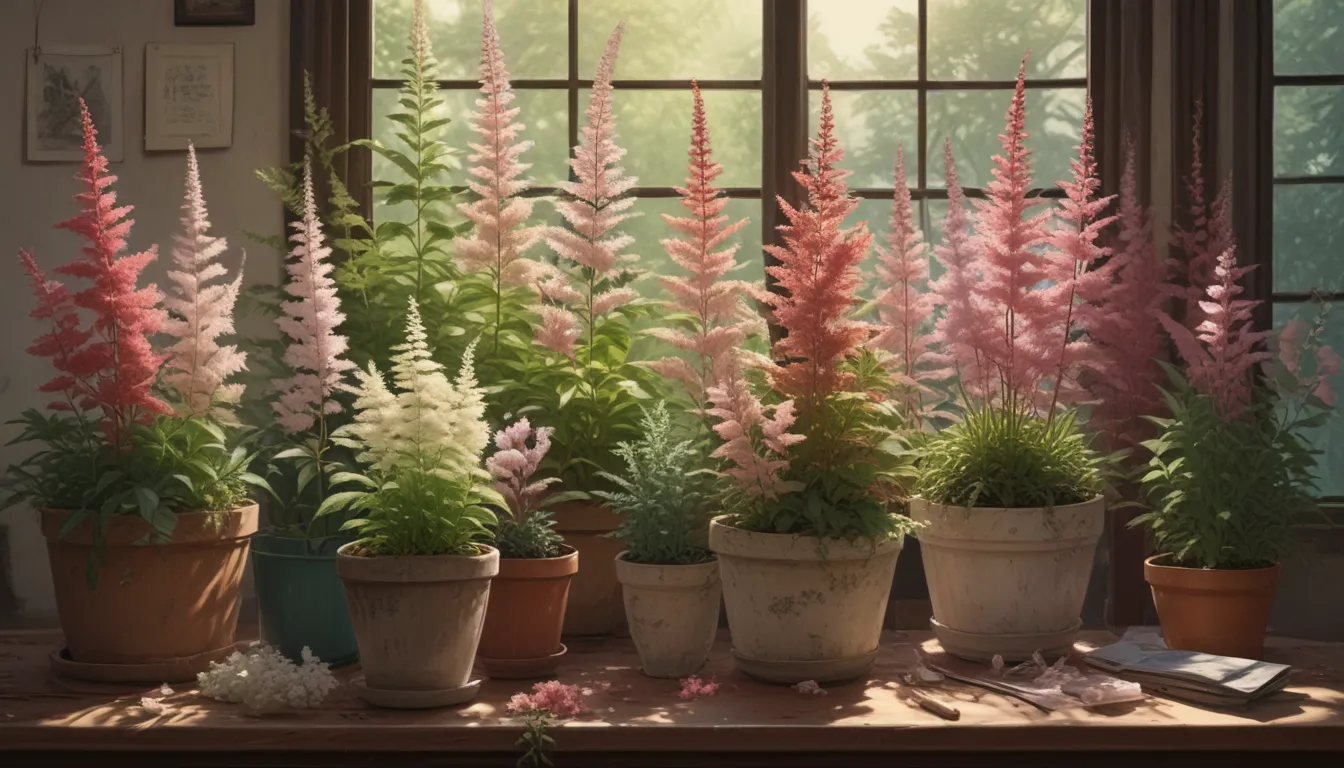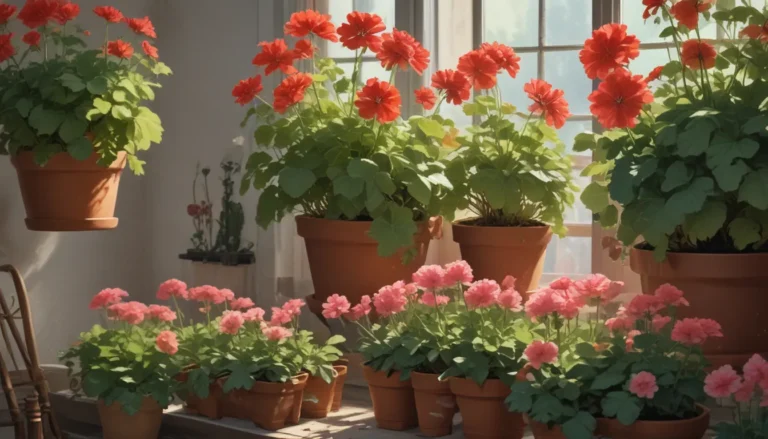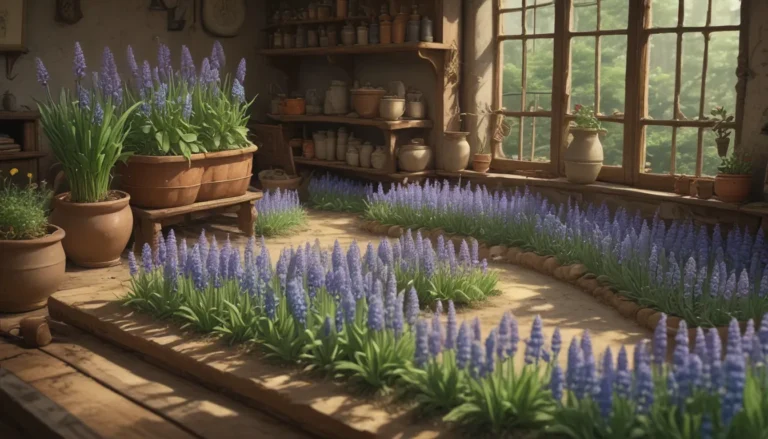A Complete Guide to Growing Astilbe in Containers

Are you looking to add a touch of color to a shady patio or deck? Astilbe, also known as “false spirea,” is the perfect solution. These flowering perennials thrive in dark, damp spots where other plants struggle to grow. With their beautiful, showy flowers, astilbe can transform any dreary corner into a lively gathering spot.
In this guide, we will teach you everything you need to know about growing astilbe in containers. From selecting the right container to maintaining your plants, we’ve got you covered. Let’s dive in!
What You’ll Learn
- Selecting a Container
- Planting
- Maintenance
- Overwintering
- Cultivars to Select
Selecting a Container
When it comes to containers for astilbe, size matters. The size of the container you need will depend on the cultivar and the number of plants you plan to grow. In general, choose a container that is at least sixteen inches wide and a foot deep per plant. Terra cotta or wooden planters are ideal as they provide better air circulation. Make sure your container has drainage holes to prevent root rot.
Here are some tips for selecting the right container:
- Choose a decorative container for added visual interest.
- Opt for terra cotta or wooden planters for better air circulation.
Planting
Astilbe is best grown from divisions, live transplants, or dormant bare roots. When planting astilbe, be sure to:
- Divide mature plants into sections containing three to five eyes each.
- Plant new starts at the same depth as they were in their original container.
- Space smaller varieties six inches apart and larger ones about a foot apart.
- Water thoroughly and keep soil moist until plants are established.
Remember, growing astilbe from seed can be challenging and time-consuming, so be patient if you choose this method.
Maintenance
Astilbe plants are low-maintenance, but they do require some care. Here are some maintenance tips:
- Water container-grown plants twice a week or when the top inch of soil is dry.
- Deadhead spent flowers if desired, but it is not necessary for new blooms.
- Divide rhizomes every few years to keep plants healthy.
By following these maintenance tips, your astilbe plants will thrive in containers.
Overwintering
Container-grown astilbe plants are more susceptible to winter damage than those in the ground. Here’s how to overwinter your plants:
- Move smaller pots to a cool, dark place for winter.
- Check soil moisture monthly and water if dry.
- Gradually reintroduce plants to outdoor conditions in spring.
By following these steps, you can protect your astilbe plants during the winter months.
Cultivars to Select
There are many astilbe varieties to choose from, but some are better suited for container growing than others. Here are a few cultivars to consider:
- Younique Pink: A compact variety with frilly bright pink flowers.
- Younique White: Features large, fluffy white plumes that bloom throughout the season.
- Astilbe arendsii: A full-sized plant with dramatic color perfect for large containers.
When choosing cultivars, consider your container size and the growing conditions in your space.
Lighten Up
Astilbe plants are a fantastic option for adding color to a shaded space. With minimal maintenance requirements, they are ideal for beginner gardeners. Why not brighten up your shaded patio with a pot of astilbe flowers?
Have you grown astilbe in containers before? Share your photos in the comments below!
For more information on growing astilbe, check out these helpful guides:
- Add Color to Your Shade Garden with 15 of the Best Astilbe Varieties
- When and How to Fertilize Astilbe
- How to Winterize Astilbe Plants: 5 Easy Steps
Now that you have all the information you need, get ready to grow beautiful astilbe plants in containers. Happy gardening!





